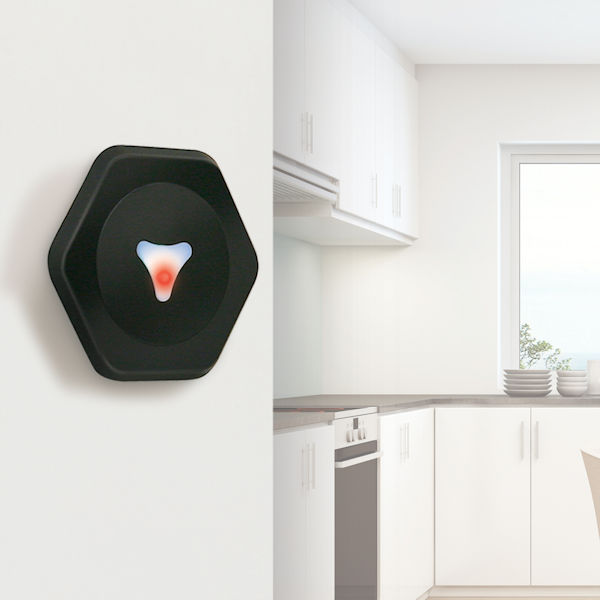

But there are three variants when protection fails:Īll power stops flowing, which will immediately remove electricity to all connected devices.

That’s the biggest choice you’ll face, and we consider it in all the surge protectors we review. I confess that I only learned this in 2016 I checked mine, and had to replace one a few months later when that light suddenly disappeared. Now go back and look at those protectors again: which ones are burned out? Those are the ones you want to replace post haste. Certification from Underwriters Laboratories (UL) provides assurance that the product has been independently tested. That’s what manufacturers do in designing and testing their products.

Joules provide a rough basis of comparison that’s nearly impossible to test in lab conditions, as you’d have to simulate a variety of surges over long periods of time with multiple identical units of each model. MOVs don’t degrade in a perfect linear fashion, and not all MOVs are of the same quality. In practice, this is very, very hard to determine. So in an exactly equal situation in the same house with routine surges, a unit rated for 1000 joules should last half as long as one rated at 2000 joules. Joules measure how much energy is expended the more joules, the more energy. You can compare surge protectors’ durability, or the period over which the MOVs will remain effective, by looking at the number of joules advertised for the product. Industry reports and testing indicates these protections are effectively pointless, so we didn’t consider their presence or absence in our testing and reviews. Some surge protectors include telephone and coaxial pass-through connections for protecting DSL and cable-/satellite-TV connections. Phone jacks and coax connectors don’t add much to value to a surge protector. (You do have multiple backups of your data, right?) Getting ahead of a problem that may be unlikely but not improbable saves you from the enormous consequences if it occurs. You want to make the modest investment in a surge protector for the same reason you want to have a backup of your data: because there’s no going back after an adverse event. The surge protector takes a hit instead of your hardware or A/V system, and it could potentially save you hundreds to many thousands of dollars, depending on what you have connected. Such power mediators have a single function: keeping voltage from exceeding a certain rated level, beyond which equipment can blow a fuse, burn out its power supply, or completely fry its circuitry beyond repair. These reviews are of surge protectors designed for a home office or a home-entertainment system. For that, you’ll need to step up to an uninterruptible power supply (UPS), which combines a continuously charged battery backup, power conditioning, and surge protection. For travel models, how many outlets does it have while remaining compact and versatile, in addition to everything above?įeatures you typically won’t find in surge suppressors such as these are alarms or networked intelligence to alert a computer (and manage a controlled shutdown), or act as an Internet of Things device, to warn about electrical anomalies or provide a status report.Does it offer advanced features, such as USB charging?.What’s the ratio of cost to features and outlets?.How easy is it to plug in both regular 2-prong and 3-prong cables intermingled with various kinds of USB adapters and wall warts?.Does the surge protector continue to provide power when its clamping capability has burned out? (See the next section for an explanation of precisely what that means.).We evaluate these features in our surge protector reviews:


 0 kommentar(er)
0 kommentar(er)
